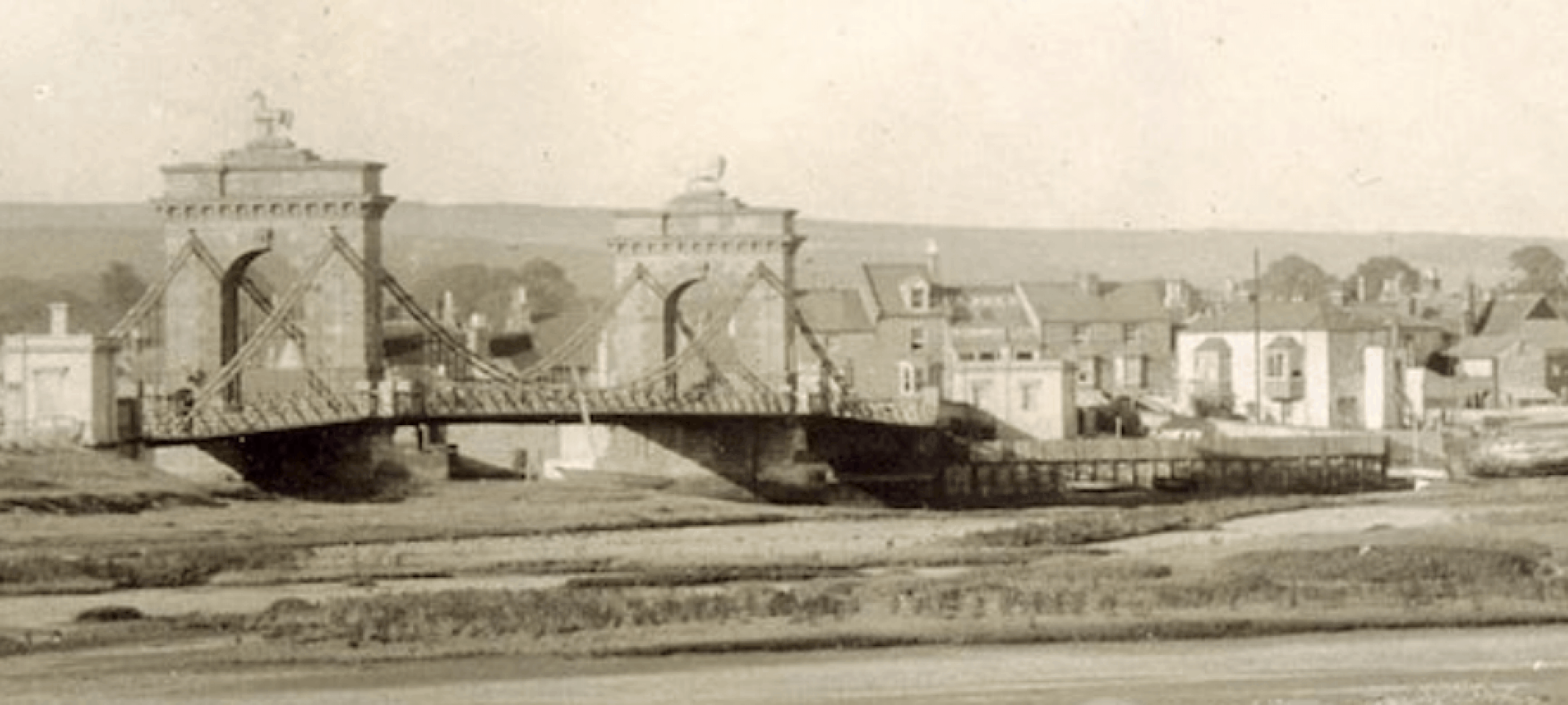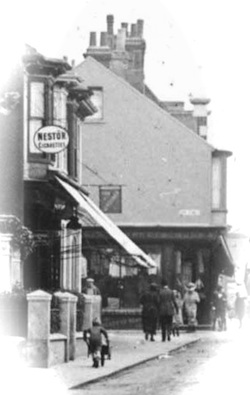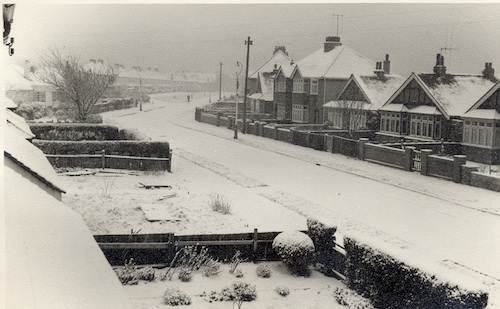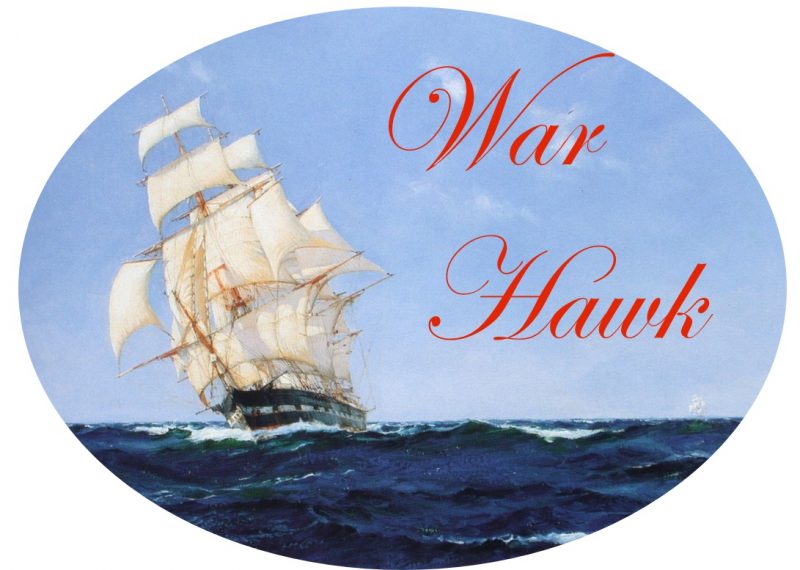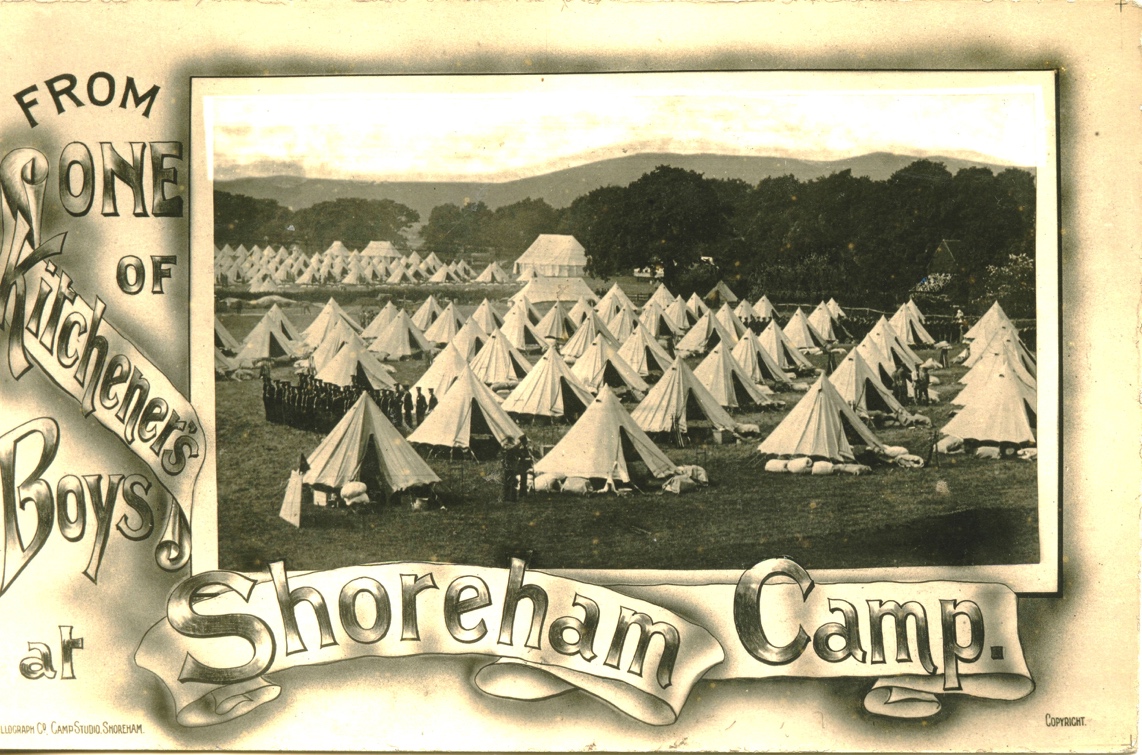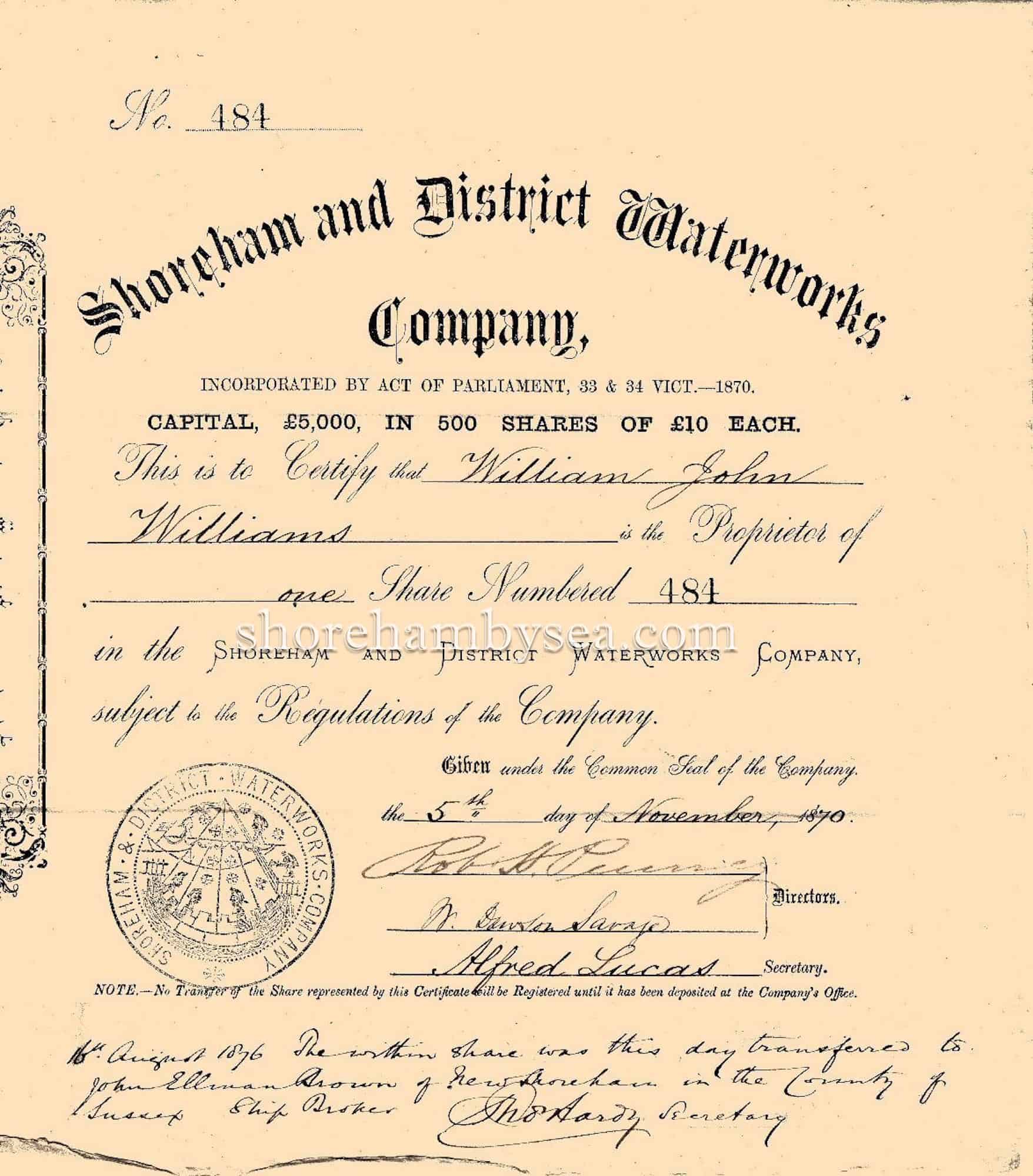Directory of Pubs and landlords
Shoreham Pubs 1851-1964
Here is a list of pubs and their Landlords. Thanks to Pete Beatle for researching all the data.
Continue reading “Directory of Pubs and landlords”Memories of Shoreham by Sea
A 1940’s/50’s childhood in Connaught Avenue and West Street
by Gerry White
I was born in Connaught Avenue, Old Shoreham parish in 1938 and apart from the war years, lived and grew up in Old Shoreham. In 1946 the front gardens were still planted with vegetables. The big air raid shelter was in position on the green that separated the even number houses on the north side of the road from the odds on the south side. Orchard Close had not been built and the land was owned by the Worley family.
Continue reading “Memories of Shoreham by Sea”Several Anecdotes of Shoreham Folk

I am sure that so long as people continue to live in Shoreham there will always be characters around. Some memorable and maybe a few that are perhaps best forgotten. In the past I have just written the odd story about one or two individuals but I have now been asked to collate them into a story and this is it…….wish me luck!
Gerry White 2009
War Hawk
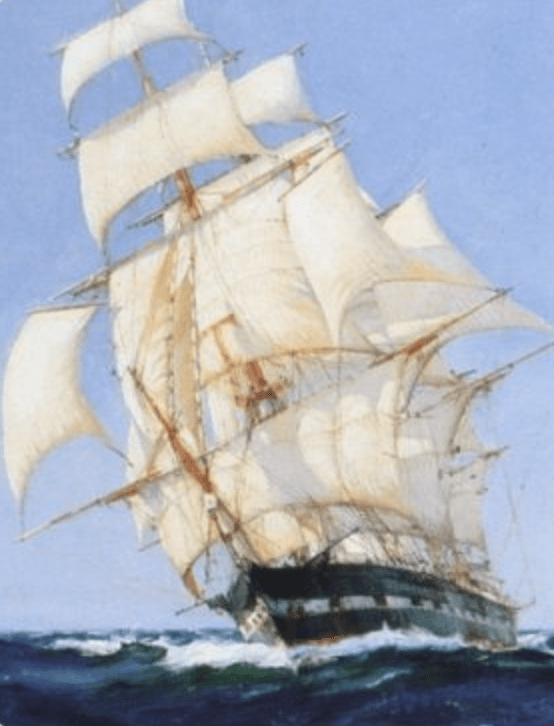
It often amazes me that a website for a small town like Shoreham attracts visitors from around the world including particularly Australia, America and Canada. One though was especially surprising coming as it did from Estonia and concerned a rather special Shoreham built ship.
During research looking for old newspaper reports, ship launchings at Shoreham frequently appeared but one in particular took my eye. At 12 noon on Tuesday the 10th May 1853 James Britton Balley’s new 340 ton vessel ‘War Hawk’ first took to the water heralded as ‘a finely modeled, beautiful clipper expected to be the fastest sailer ever built in even this fast port.’
Continue reading “War Hawk”The Army Camp at Shoreham 1914 – 1918
Following the commencement of hostilities Lord Kitchener was appointed Secretary of War and it was he that laid the format for the organisation of four separate armies. Shoreham with a railhead, seaport and airport in a strategic position on the south coast became the location for forming the 24th Division, part of Kitcheners Third Army or K3 as it was known..

Almost before the ink was dry on the recruiting posters men started arriving by rail at Shoreham and local territorial soldiers began creating a tented camp on the Oxen Field to the north of Mill Lane. The close proximity of the railway station to the field meant that heavy equipment could more easily be hauled there. Initially, there were no instructors to train the new recruits nor uniforms or small arms. The flood of men was so great that the churches and townsfolk were needed to assist with providing temporary housing and food for them. As new recruits continued to arrive it was not long before Buckingham Park was also being used as a tented army camp with a field kitchen and latrines dug to provide a modicum of hygiene. The local Territorial soldiers were engaged to set up the spacing for tentage and supervise raw recruits by organising swimming parties on the Beach and holding basic roll calls to keep unsworn trainees busy.
Continue reading “The Army Camp at Shoreham 1914 – 1918”The Old Brewery Chimney
Many of Shoreham’s old photos of the High Street and from across the river show a familiar chimney on the spot where Coronation Green is now. Originally part of a cement works in the early 1800’s it later became a brewery.
Continue reading “The Old Brewery Chimney”1870 Waterworks Share Certificate
Sea Captains’ Mutual Benevolent Society Insurance 1853
An historically important document recording the signatures of those Shoreham Master Mariners who took out insurance and assurance cover prior to their voyages. Each were indemnified for up to £40 against loss of their nautical instruments, charts and clothes and a full £40 in the case of their death payable to the widow or nearest relative. Shoreham born Thomas Brown Kirton of Queen’s Place who wrote and signed the front page conditions of the document was himself a shipowner.
The year 1853 could be misread as 1833 but has been discounted as many of the ships named were not built until after the latter. Some entries only show the year but a few do include a date – were these the date the ships were due to sail or just when they were added to the policy? In the case of James Francis of the War Hawk it had to be near the maiden voyage as the date entered was only six days after the launching!
Continue reading “Sea Captains’ Mutual Benevolent Society Insurance 1853”The Early Bungalows
Before the bungalows arrived the chemical works, cholera hospital, coastguard station, and a few boat and fishermen’s huts were about the only buildings on the beach. The location of the earliest bungalows can be seen on the 1898 Ordnance Survey map. Matching this to the 1930’s Bungalow Town map and lists shows that these first bungalows were named, from west to east, Kittiwake, Arcadia, Struan Lee, Rhodesia, Lazyland, Sea View, Sea Spray, Coronation, Shoreham Dene, Waterville and Canaan (the empty rectangles were plots for later bungalow to be built on them but some don’t seem to have materialised.

